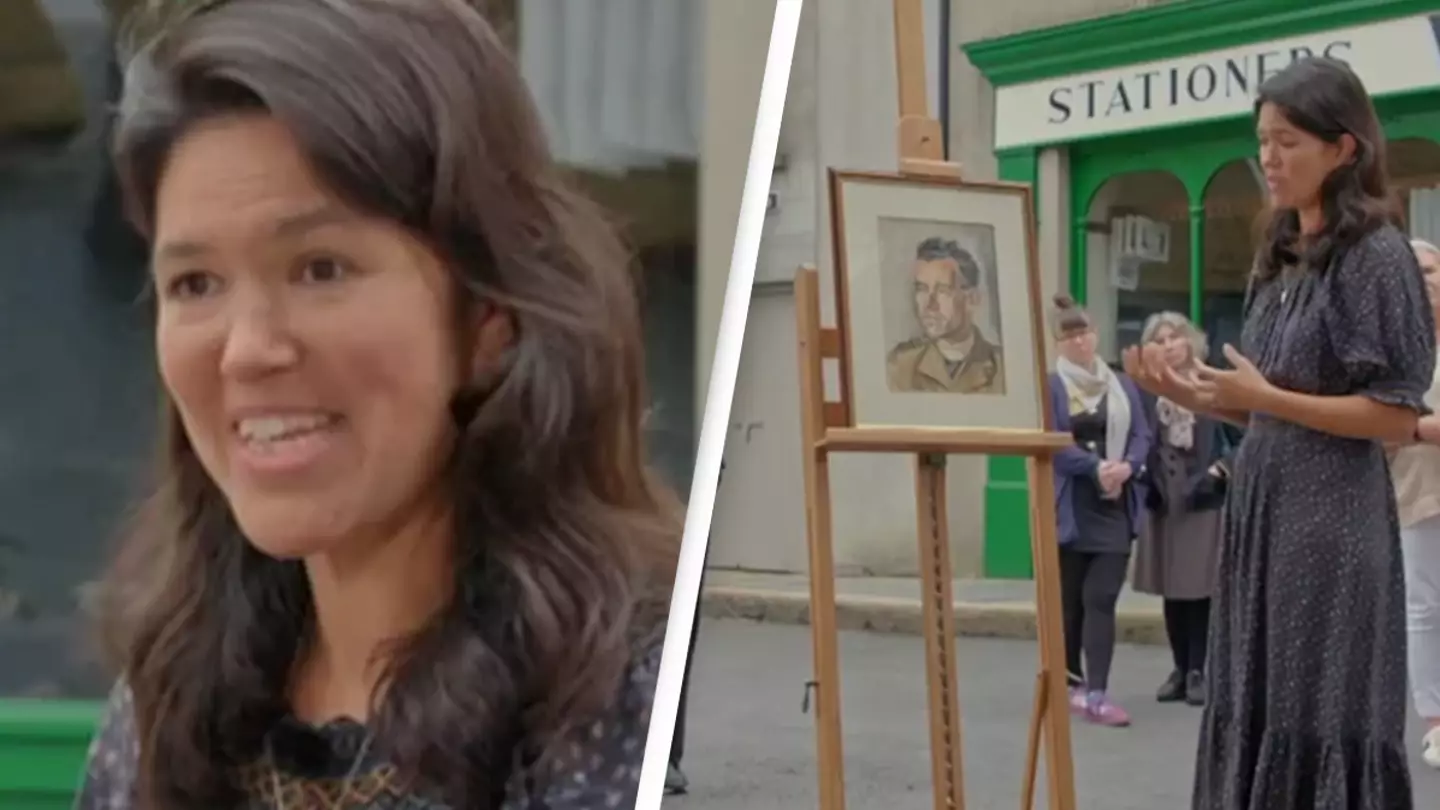Antiques Roadshow expert refuses to value item after making shocking discovery about its ‘important past’
Frances Christie rejected the idea of putting monetary value onto the painting, which dated back to 1946
Featured Image Credit: BBCTopics: Art, Germany, Ireland, UK News, World War 2, History

